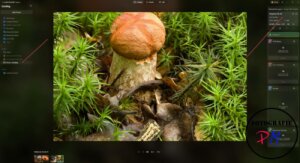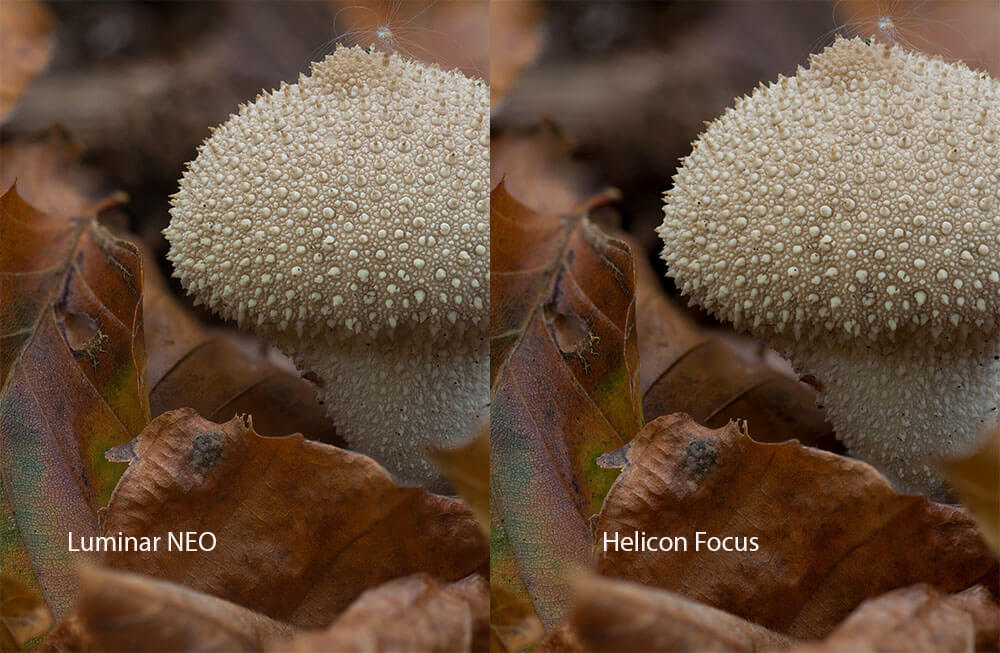Focusstacking with Luminar NEO extension or Helicon Focus
Focus stacking has already been a topic on this blog several times. This is certainly also due to the fact that it is a very exciting and interesting topic.
Introduction

It was last year when I made a comparison with Helicon Focus due to the freshly released beta of the stacking extension for Luminar NEO. In the meantime, the extension has long since passed the beta phase and so it was certainly time to take another look at the extension.
This was also done to determine whether the two problem areas that I pointed out at the time have since been corrected in the extension.
I also recorded a video about this:
Operating
The operation of the Luminar NEO extension in particular has not changed. You drag the images from the stack onto the extension. There they are read in and then you have the option of selecting an image as a reference image for the automatic alignment and finally to eliminate the chromatic aberration.
The setting options with Helicon Focus are even more extensive, but were not utilized at all in this comparison.
![]()
Results
With default settings, the results of both programs are quite similar.

There are differences in brightness, color matching, etc., but nothing that cannot be corrected with appropriate further processing.
With Helicon Focus, for example, it would be possible to mask out parts of the image that lead to a ghosting effect on the respective image.
The problems with Luminar NEO lie primarily in the processing time for a stack. The table is about min:sec
| Images | Camera | Luminar Neo | Helicon Focus |
|---|---|---|---|
| 25 | Lumix G9 | 1:40 | 0:19 |
| 10 | Lumix S5 | 1:05 | 0:11 |
| 31 | Canon 5D MK II | 2:15 | 0:24 |
| 15 | Lumix S5 | 2:35 | 0:15 |
As you can see here, the differences are considerable (all measurements on my X300)
![]()
But after 1 year after the introduction of the Beta, the images in Luminar are always smaller in size than the image created by Helicon Focus. There were already differences of 200-400px on the longer edge.
Conclusion
The results provided by the Luminar NEO extension are more than usable, especially for those who do not want to perform stacking very often. However, it is a great pity that Skylum has allowed time to pass without at least optimizing the speed.
Nevertheless, Luminar NEO remains a universal program that also includes this extension.
ciao tuxoche




